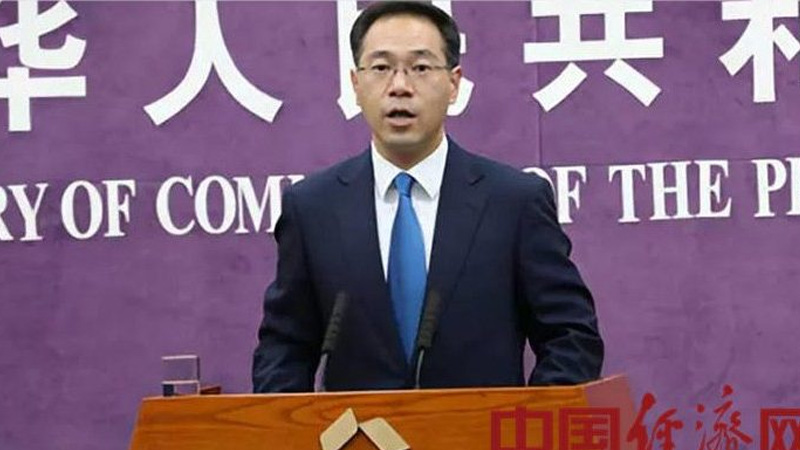
The actual investment from the United States grew 6 percent year on year in the first half of 2020.
Meanwhile, China’s nonfinancial outbound investment to countries and regions involved in the Belt and Road Initiative (BRI) surged 19.4 percent year-on-year to $8.12 billion, a spokesperson of the Chinese Ministry of Commerce (MOC) announced.
The 8.4% increase in FDI in Q2 made an obvious comeback when compared with Q1 (10.8% decrease).
It demonstrates that the expectations and confidences of the foreign investors remain stable and positive after China has rapidly contained the coronavirus epidemic and taken the lead in resuming work and production.
According to data released by MOC, China’s actual use of FDI in April 2020 reached 70.36 billion yuan ($10.14 billion), up 11.8 percent year on year.
In May, China saw FDI in the nonfinancial sector surge 7.5 percent on a yearly basis to 68.63 billion yuan ($9.87 billion).
In June alone, the total foreign investment actually utilized climbed 7.1 percent year on year to 117 billion yuan ($16.72 billion).
A total of 472.18 billion yuan (around 67.93 billion U.S. dollars) in FDI was used in the first six months of 2020, a year-on-year decrease of 1.3 percent, narrowing by 2.5 percentages than that in the first five months.
In terms of industries, FDI into the high-tech service sector saw faster expansion, with the sector’s actually utilized FDI rising 19.2 percent year on year.
FDI in services of information, inspection and detection, and R&D and design, surged by 20.9 percent, 8.7 percent and 35.7 percent, respectively.
In terms of source of FDI, the actual investment from China’s Hong Kong Special Administrative Region, Singapore and the United States climbed in H1 2020, up 4.2 percent, 7.8 percent and 6 percent year on year, respectively.
Chinese President Xi Jinping said the fundamentals of China’s long-term sound economic growth have not changed and will not change, in a reply letter to global CEOs on July 15, 2020.
He also pledged that China will keep deepening reform and expanding opening-up, and provide a better business environment for the investment and development of Chinese and foreign enterprises.
To ensure the stability of foreign investment, China’s related government departments have rolled out a series of policies and regulations, MOC added.
??In late June, 2020, China promulgated the new negative lists for foreign investment and negative lists for foreign investment access in pilot free trade zones, which will help bolster foreign investment and create a better business environment.
China may see an upward trend in foreign direct investment inflow in the second half of the year, business leaders and analysts said on July 13, 2020.
The reason is that global companies remain bullish on further tapping the world’s largest lucrative market, which has strong policy support and resilience, they said.
A survey by American Chamber of Commerce in China shows that, 84 percent of American enterprises surveyed are unwilling to leave China, while 38 percent will maintain or increase investment in the country.
Exxon Mobil, Honeywell, Tesla, Wal-Mart and other companies have been expanding investment or strengthening cooperation with China since 2020, the spokesperson added.













